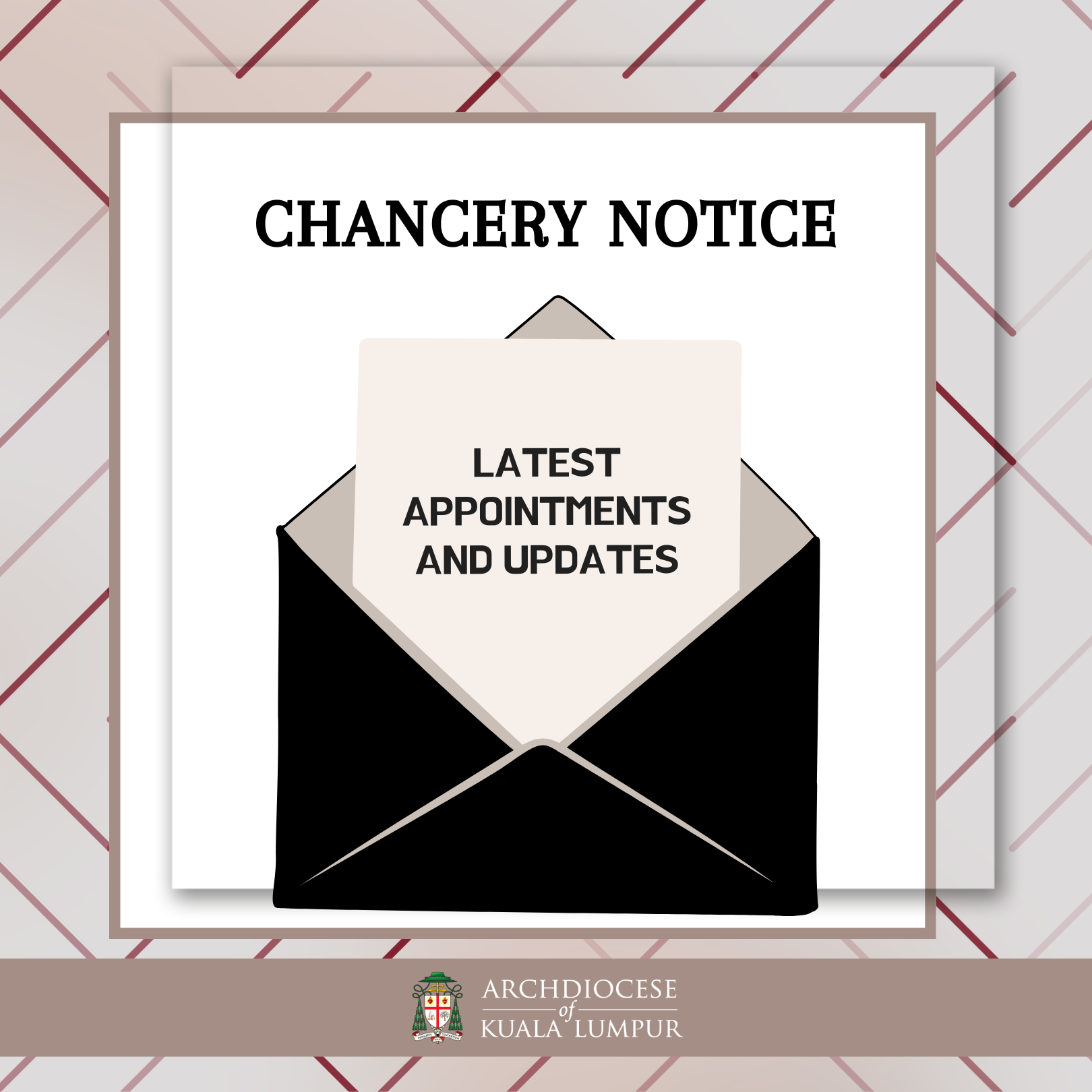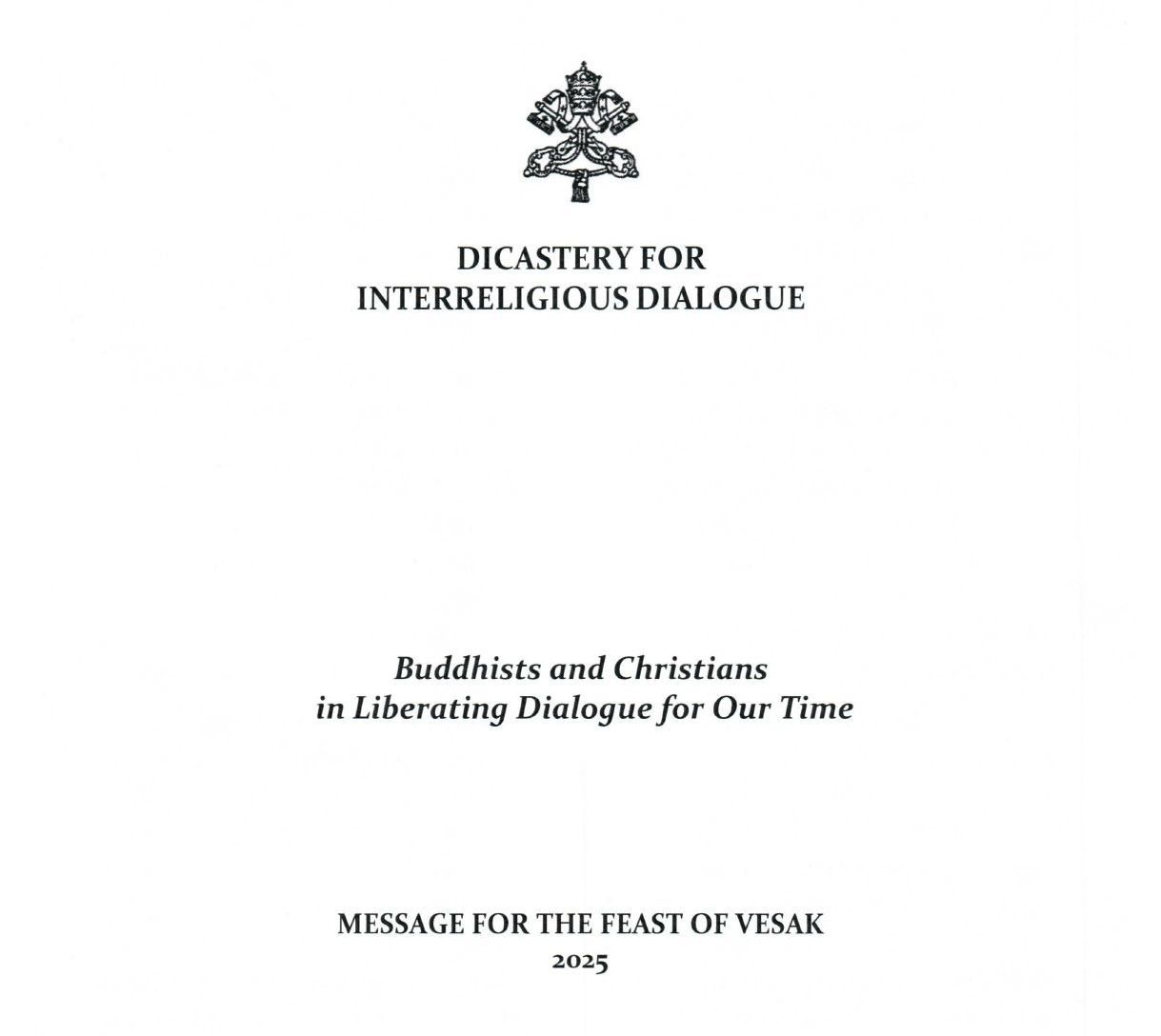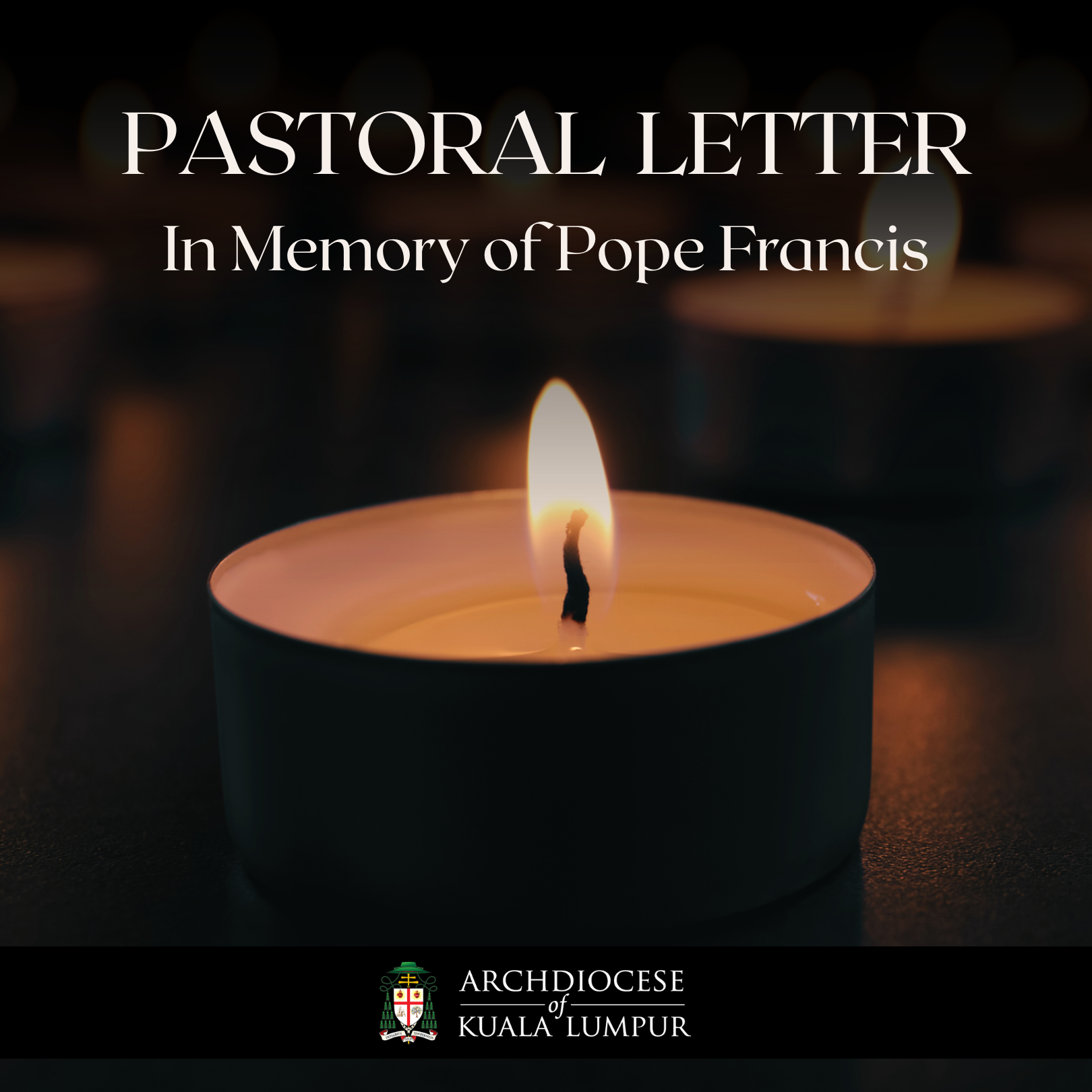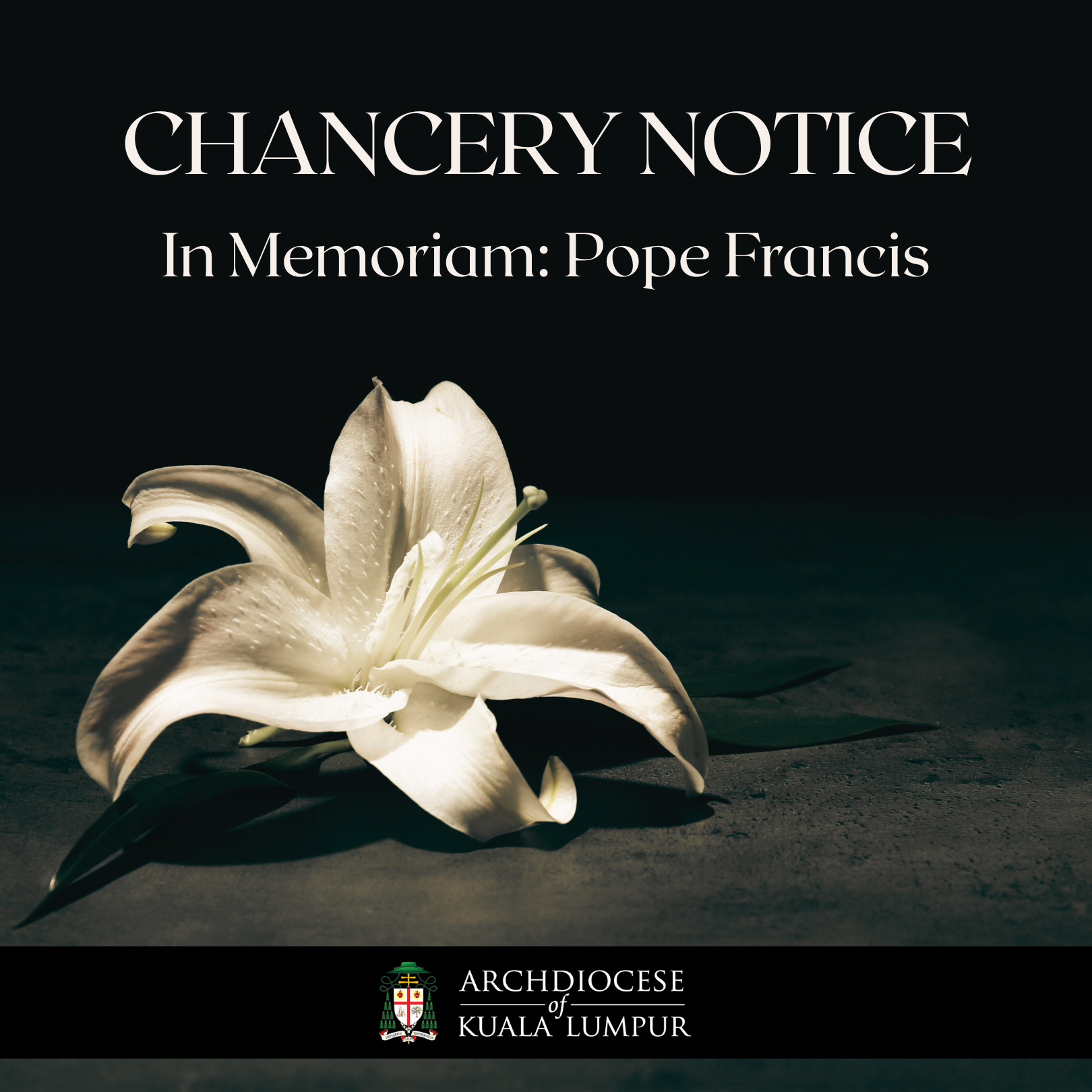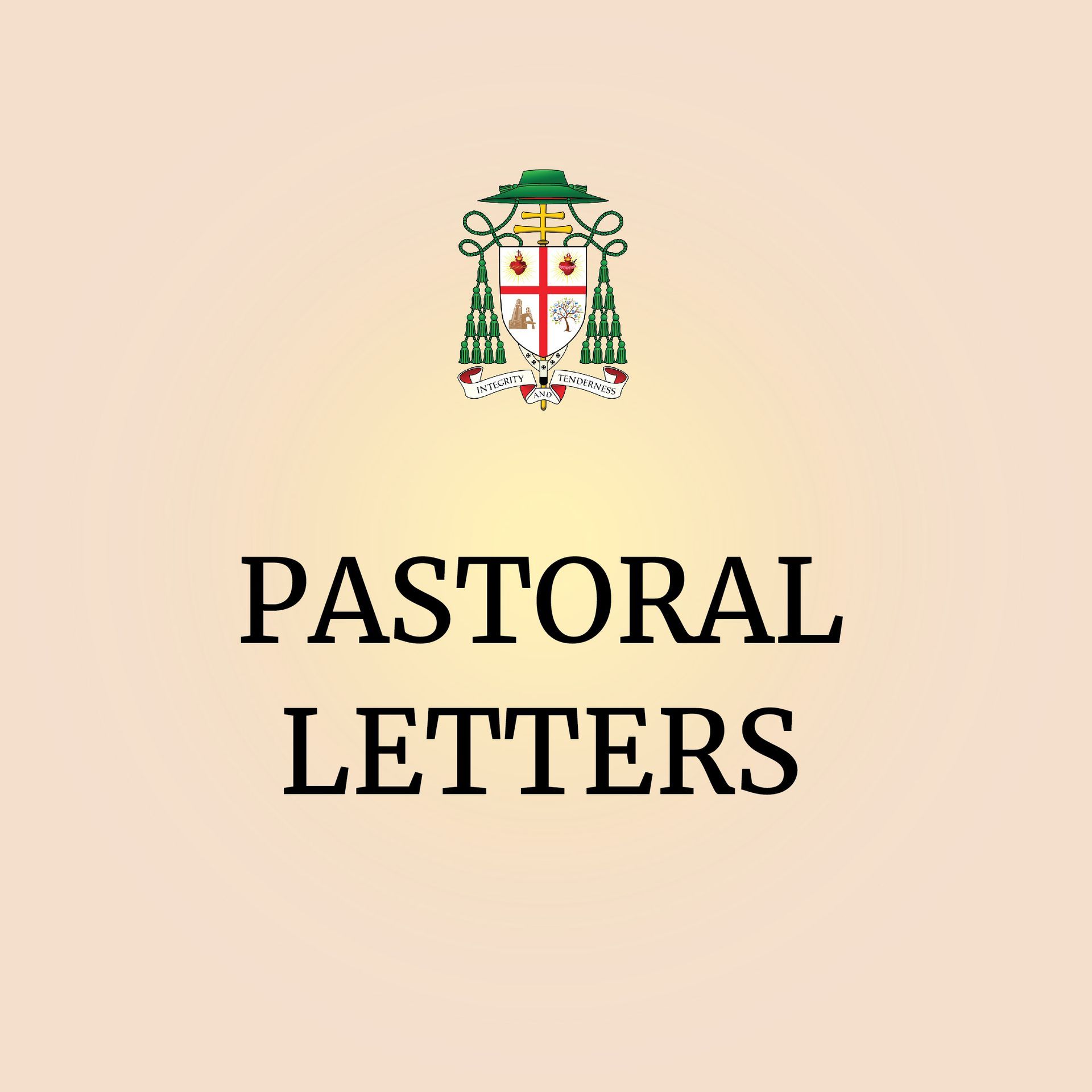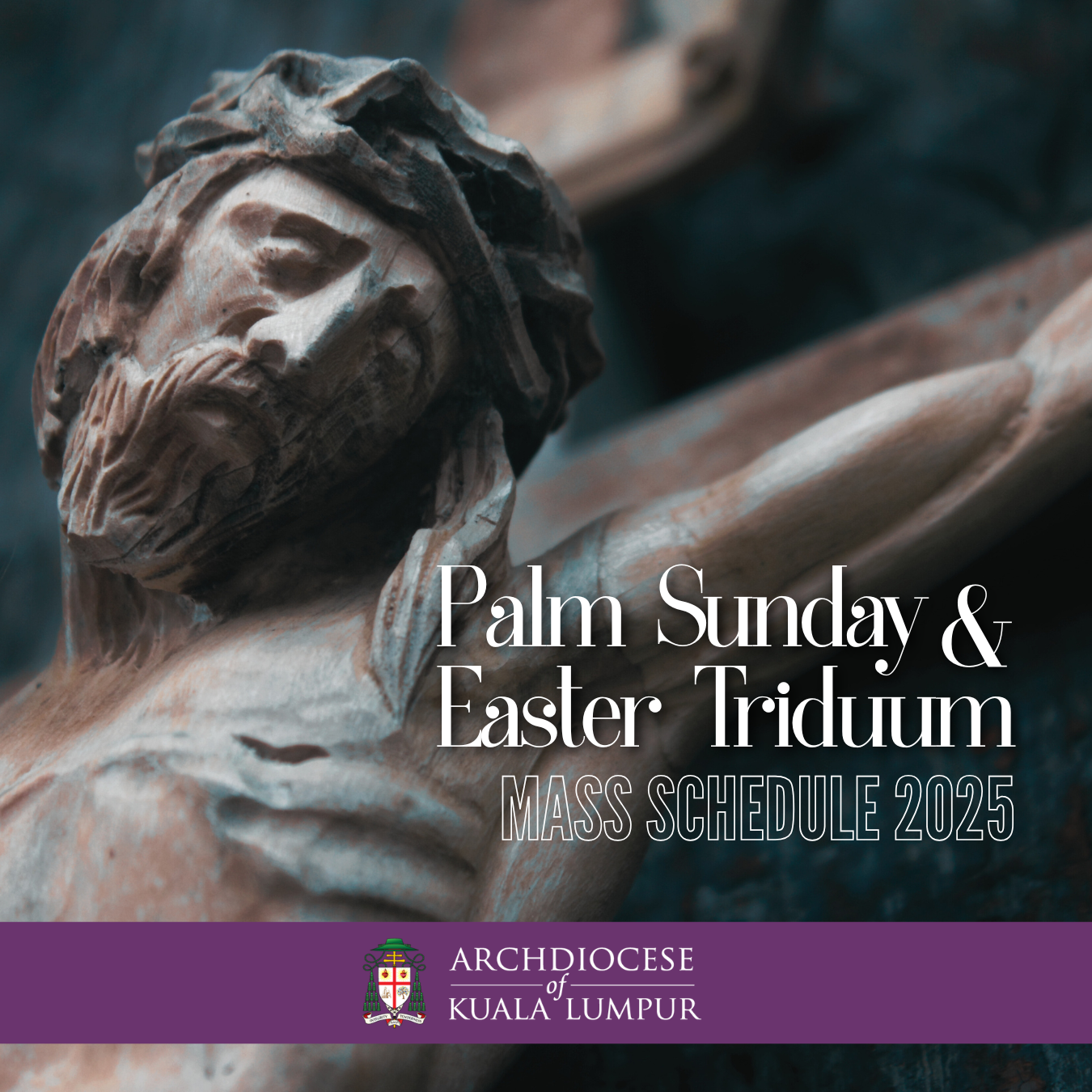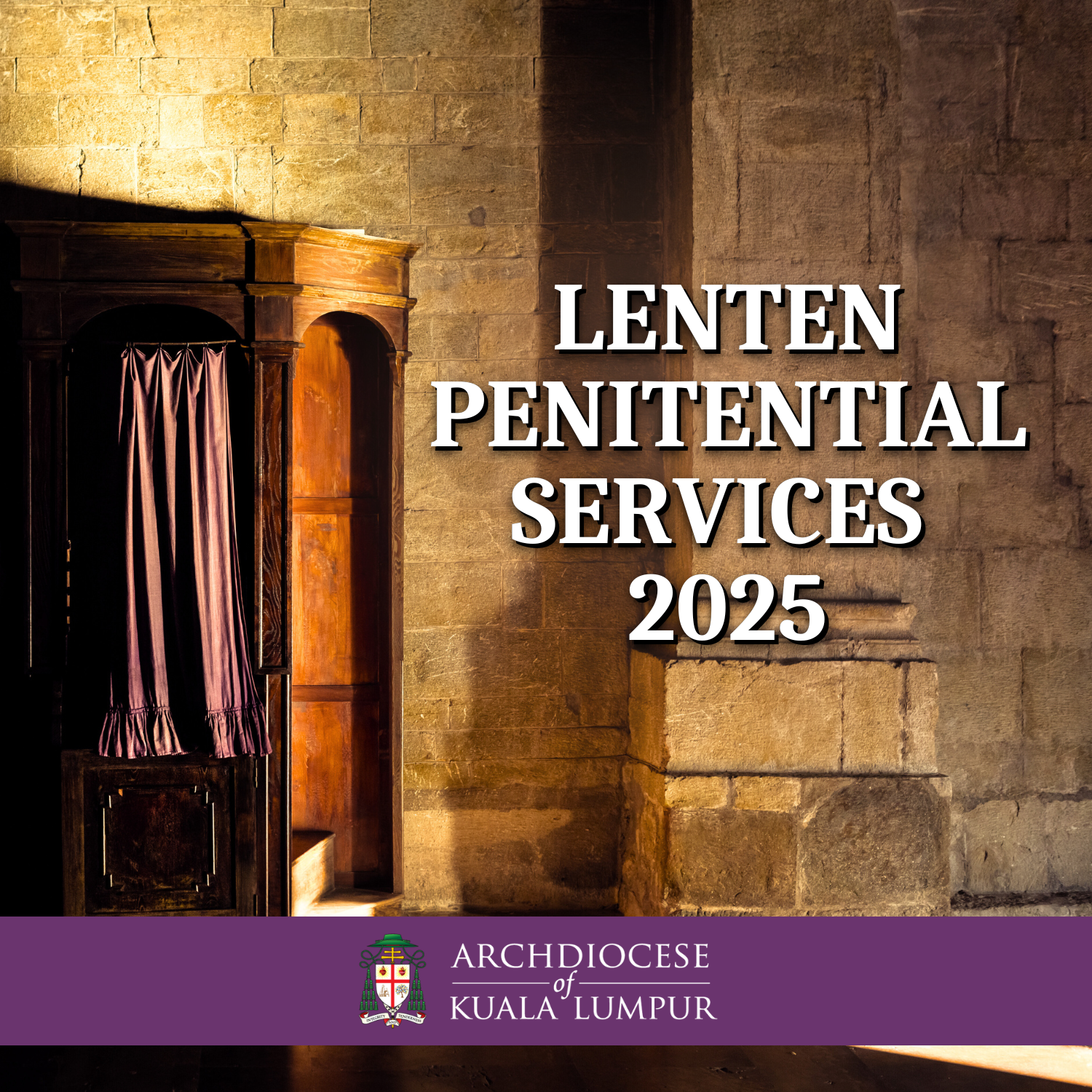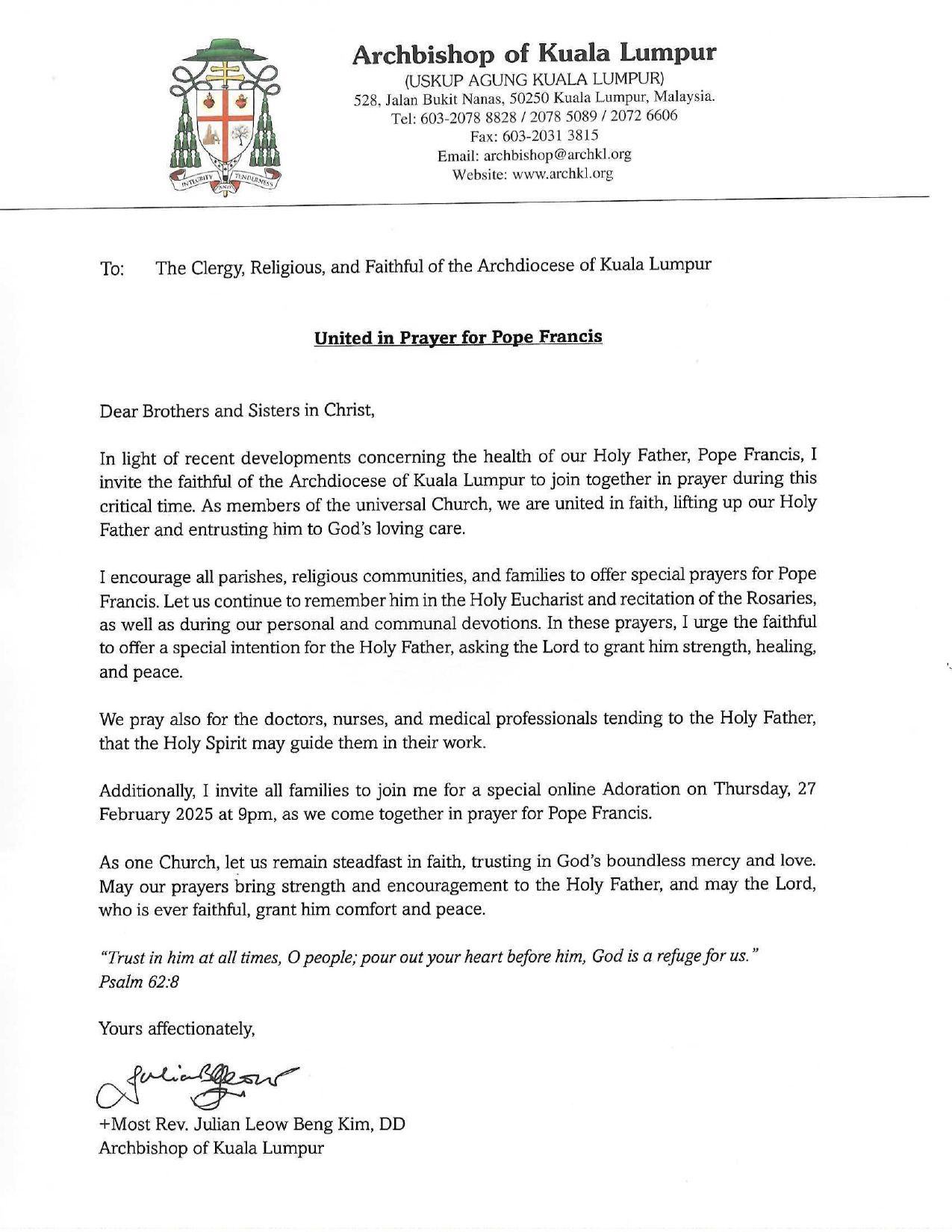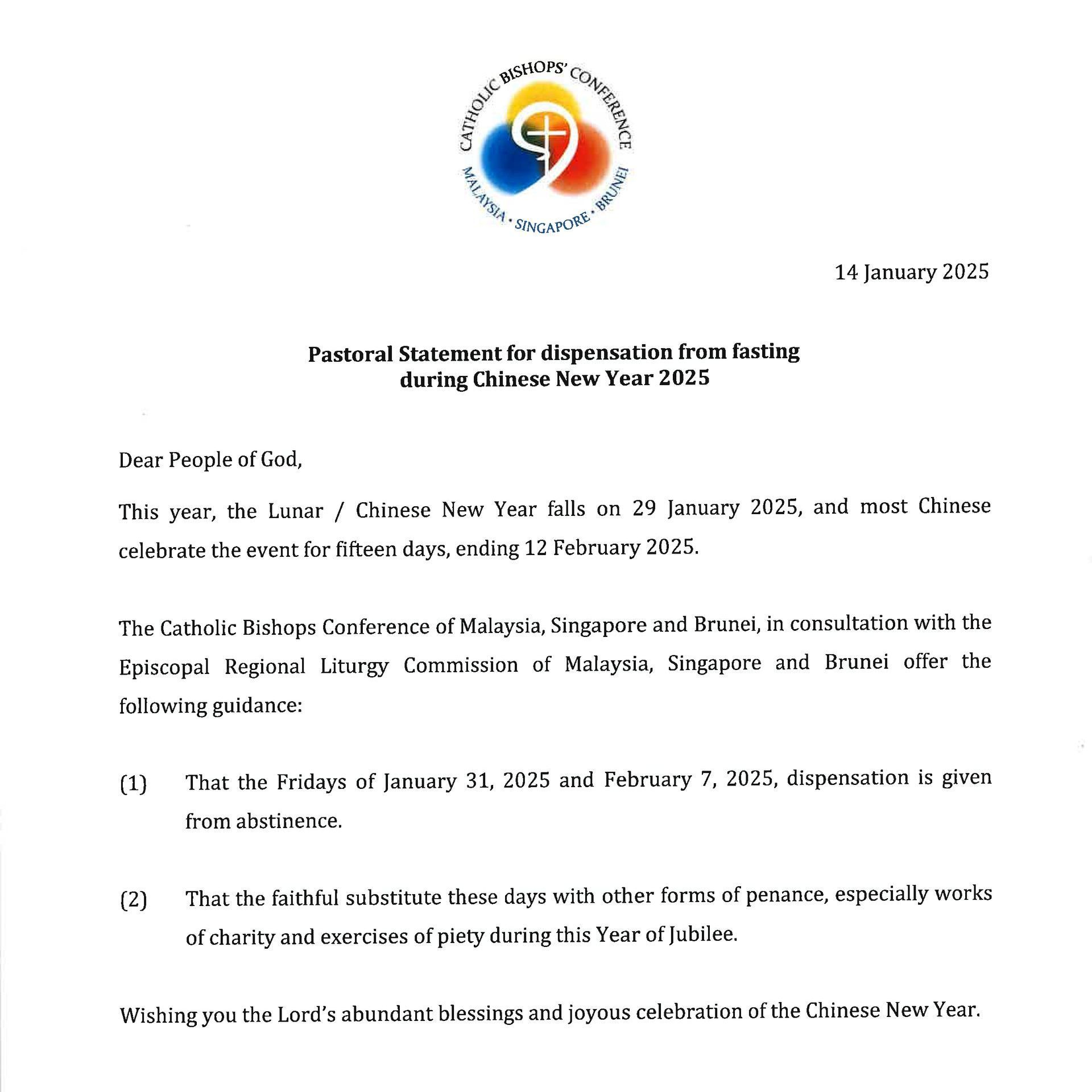Guidelines on the Composition of Sacred Music
1. The KL Archdiocese is inviting creative composers to compose sacred music for the use of
the Malaysian Catholic Church. Sacred music includes hymns which are composed for the
purpose of glorifying God and to edify the faithful. Sacred music such as hymns and songs,
may be for a liturgical or non-liturgical occasion, whether it is to be used at Mass, for weddings,
funerals, anniversaries, baptism or blessing of a baby, for a joyous or solemn occasion.
2. Compositions have to be submitted and approved by the Liturgical Commission for general
use. However, not every song submitted will be accepted or approved. Where they are
submitted and accepted or approved, the composer for the hymns or songs will be
acknowledged, the copyright of the hymns or songs shall be held in the public domain, and no
composer may assert copyright against any hymn or song composed. This is to ensure that a
treasury of sacred music may be built up, and that the Catholic Community may freely have
recourse or access to it.
3. Sacred Music - Sancrosanctum Concilium §112: sacred music is to be considered the more
holy in proportion as it is more closely connected with the liturgical action, whether it adds
delight to prayer, fosters unity of minds, or confers greater solemnity upon the sacred rites. But
the Church approves of all forms of true art having the needed qualities, and admits them into
divine worship…Accordingly, the sacred Council, keeping to the norms and precepts of
ecclesiastical tradition and discipline, and having regard to the purpose of sacred music, which
is the glory of God and the sanctification of the faithful, decrees as follows.
4. The sacred hymns selected are carefully studied to aid, support, elevate and better the actions
of the sacred liturgy as propounded in the Catechism of the Catholic Church (CCC1157):
”..sacred music fulfils its task according to three criteria: 1) the beauty expressive of prayer, 2)
the unanimous participation of the assembly at the designated moments, and 3) the solemn
character of the celebration. All three criteria link sacred music intimately to the work of Christ
in the liturgy and in our hearts.”
5. Sacred music glorifies the Lord and sanctifies the people at worship. In CCC (1157): quoting
Saint Augustine’s experience: “music and song of the liturgy participate in the purpose of the
liturgical words and actions: the glory of God and the sanctification of the faithful.” Liturgical
music should not only sanctify the people but, also edify them.
6. The Ministry of the Composer
Composers, filled with the Christian spirit, should feel that their vocation is to develop sacred
music and increase its store of treasures. Let them produce compositions which have the
qualities proper to genuine sacred music, not confining themselves to works which can be only
sung by large choirs, but providing also for the needs of small choirs and for the active
participation of the entire assembly of the faithful.
The texts intended to be sung must always be in conformity with Catholic teaching; indeed,
they should be drawn chiefly from holy Scripture and from liturgical sources. - Sacrosanctum
Concilium 121
7. In the years since the Second Vatican Council liturgical composers have sought to respond
to this call. The composition of memorable Mass settings has enabled the active participation
of the assembly. Through settings of scripture and liturgical texts they have deepened people’s
faith and understanding. They have created melodies that have enabled the Body of Christ to
be united in song. Through creativity and imagination, they have shaped how we celebrate.
From simple unaccompanied chant to festive settings with choirs and instruments they have
moved hearts and minds to the praise of God. - Department for Christian Life & Worship, The
Roman Missal -The Order of Mass
— A Guide for Composers
8. CLASSIFICATION OF HYMNS:
The classification follows the terms that are used for the rites in the Liturgical celebration found
in the New Roman Missal and the GIRM:
A. THE ENTRANCE: Either an entrance chant or a hymn may be sung
GIRM § 46:
The rites preceding the Liturgy of the Word, namely the Entrance, etc, have the character of a
beginning, introduction, and preparation.
Their purpose is to ensure that the faithful who come together as one establish communion and
dispose themselves to listen properly to God’s word and to celebrate the Eucharist worthily.
GIRM § 47:
(a) The purpose of this hymn is to open the celebration, foster the unity of those who have been
gathered, introduce their thoughts to the mystery of the liturgical season or festivity, and
accompany the procession of the priest and ministers.
Elements for selection of Entrance Hymns:
i. Open the celebration: entering into the banquet of the Lord
ii. Foster unity: unity of all gathered to celebrate the Eucharist.
iii. Introduce their thoughts to the mystery of the liturgical season or festivity: focus
on the theme of the Mass of the day.
iv. Draws attention to the altar: focal point of the Mass
B. OFFERTORY:
Principles for Choosing Hymns for Mass: The function of the offertory hymn is to accompany
the procession and highlight its communal aspects. Hymns expressing praise and joy as well
as hymns of the season (e.g. Easter or Lent) are appropriate. The hymn need not speak merely
of bread and wine or of offering. Soft instrumental music or silence may be chosen as an
alternative preparation for the Eucharistic Prayer.
GIRM § 74: The procession bringing the gifts is accompanied by the Offertory chant
Hence, the criteria for such hymns are that they should not reflect personal relationships
nor should they be sentimental. The Mass is communal prayer among the faithful.
Elements for selection of Offertory Hymns:
i. Communal aspects: not navel gazing but the entire congregation of the faithful join
together with Christ in confessing the great deeds of God and in the offering
of Sacrifice.
ii. Praise and joy: bread and wine brought by us and taken by Christ the Redeemer to be
transformed and presented to the Father
iii. Confessing the great deeds of our God
C. THE COMMUNION: Either a communion chant or a hymn may be sung
GIRM §86.
While the priest is receiving the Sacrament, the Communion [hymn] is begun. Its purpose is to
express the communicants’ union in spirit by means of the unity of their voices, to show joy of
heart, and to highlight more clearly the “communitarian” nature of the procession to receive
Communion. The singing is continued for as long as the Sacrament is being administered to
the faithful.
Sacramentum Caritatis § 14: Through the sacrament of the Eucharist Jesus draws the
faithful into his "hour;" he shows us the bond that he willed to establish between himself
and us, between his own person and the Church. Indeed, in the sacrifice of the Cross,
Christ gave birth to the Church as his Bride and his body
Elements for selection of Communion Hymns:
i. unity in the body of Christ: unity of all gathered
ii. united with the Church: unity of all gathered and the universal Church
iii. united with the “heavenly liturgy”
iv. Thanksgiving to the Lord for His redemptive sacrifice
D. AFTER COMMUNION:
GIRM §88:
When the distribution of Communion is finished, as circumstances suggest, the priest and
faithful spend some time praying privately. If desired, a psalm or other canticle of praise or a
hymn may also be sung by the entire congregation.
Elements for selection of After Communion Hymns: - Praise and thanksgiving
E. Recessional – GIRM does not speak of a recessional hymn. Although it is not part of the
Liturgy to sing a recessional hymn, when it is a custom, all may join in a hymn or song after the
dismissal. No criteria is given but one should be prudent to sing Hymns that reflect the theme
of the celebration or the mandate “Ite Missa Est”: mission, seasonal, lives of Saints, Blessed
Virgin Mary, praise and thanksgiving.
The assembly’s departure may also be accompanied by appropriate instrumental music and on
some occasions, silence.
Please submit your hymns or songs at the following address:
Archdiocesan Liturgical Commission
c/o Church of the Assumption
No. 70, Jalan Templer 46050
Petaling Jaya
Selangor Darul Ehsan
Ecclesiastical Assistant: Rev. Fr. Leonard Lexson
liturgy@archkl.org

